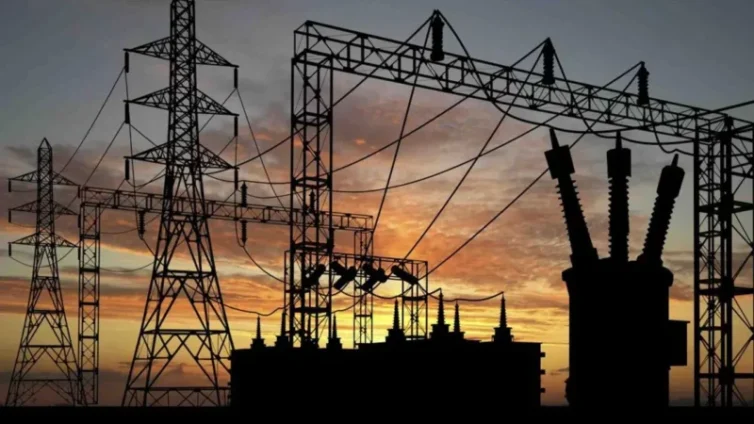An analysis of Ghana's power generation data from September 1, 2024, to October 27, 2024, by the Institute for Energy Security (IES) revealed significant and consistent shortfalls in meeting daily system peak demand.
This impacted domestic energy stability and electricity export potential to neighbouring countries, forcing power imports from Cote d’Ivoire to augment shortfalls in domestic power generation.
Across the dataset, daily power generation regularly falls below the system peak demand of roughly 3700 megawatts (MW), with generation averaging around 3000 MW and thus missing the target by approximately 700 MW daily.
IES said this persistent shortfall suggests underlying issues, potentially rooted in generation capacity limitations, resource constraints, or operational policies that prioritise certain efficiency thresholds.
Such shortfalls, it explained, meant that Ghana faces daily challenges in fulfilling its total energy requirements, which has led to practices such as load shedding or the prioritisation of essential services over broader access.
It continued that the dataset consistently showed that generation remained below demand without any instances of excess power generation.
“While rare, certain days (like October 7, 2024) do show generation levels approaching peak demand, indicating that Ghana’s power infrastructure may have the potential for marginal increases under specific conditions. However, these instances are sporadic and highlight the lack of significant flexibility in the current power generation framework. This pattern points to the country’s inability to convert a significant dependable capacity (close to 5,000 MW) to actual generation capacity due to forced plant shutdowns, fuel supply constraints, and debt issues et cetera, thus limiting the performance of existing infrastructures”, it stressed.
Magnitude and Frequency of Shortfalls
It said the frequency and magnitude of generation falling short of peak demand are striking, adding, the system fails to meet demand every day in the dataset, with shortfalls generally ranging from 700 to 1000 MW.
Such a recurring gap, it stated suggests structural challenges in Ghana’s electricity generation capacity. This continued discrepancy it mentioned impacts the country's ability to sustain reliable electricity exports, as limited domestic supply necessitates the re-allocation of resources meant for export to satisfy local demand.
Fluctuations in Power Generation
While Ghana’s power generation shows some day-to-day fluctuations, IES alluded that they remain within a relatively narrow band (2700 to 3200 MW).
“The narrow range of these fluctuations implies a stable, albeit limited, generation framework that lacks the flexibility to rapidly scale production up or down based on daily demand variations. This stability, while avoiding extreme volatility, indicates constraints in the system’s ability to dynamically respond to shifts in both peak demand and export opportunities, which hampers operational efficiency and responsiveness”, it said.
Latest Stories
-
Bawumia opens commanding lead in NPP race with 52% support – Global Info Analytics poll
24 minutes -
GRA surprised by NIA’s public attack, calls for dialogue
32 minutes -
Don’t settle this in the media – GRA boss to NIA over debt row
1 hour -
Clearing goods at the ports not affected by Ghana Card dispute – GRA Boss
1 hour -
Design & Technology Institute graduates 600 artisans in precision quality training
2 hours -
Trump administration is reviewing all 55 million foreigners with US visas in growing crackdown
2 hours -
Shops, streets to close on Sept. 18 in Ashanti region as Asantehemaa’s is laid to rest
2 hours -
Effective VAT rate to be reduced to 20 percent in 2026 Budget
2 hours -
Afram Publications launches inclusive education book ‘Suspects in the School’
3 hours -
EOCO took me through the rightful processes – Shatta Wale expresses gratitude after release
3 hours -
AASU joins calls for peace and unity World Youth Conference in Beijing
3 hours -
Fellow Ghanaians – Roads to Nowhere, Dust to Breathe
3 hours -
GRNMA demands swift justice in Ridge Hospital attack, reaffirms support for nurses and midwives
3 hours -
The Star of Ghana’s 9th Parliament: Osahen Alexander Kwamena Afenyo-Markin
3 hours -
Employment Minister to meet Labour Commission over Ridge Hospital assault
3 hours

